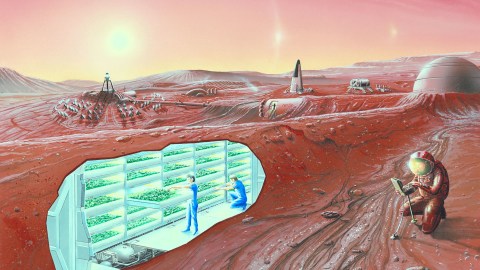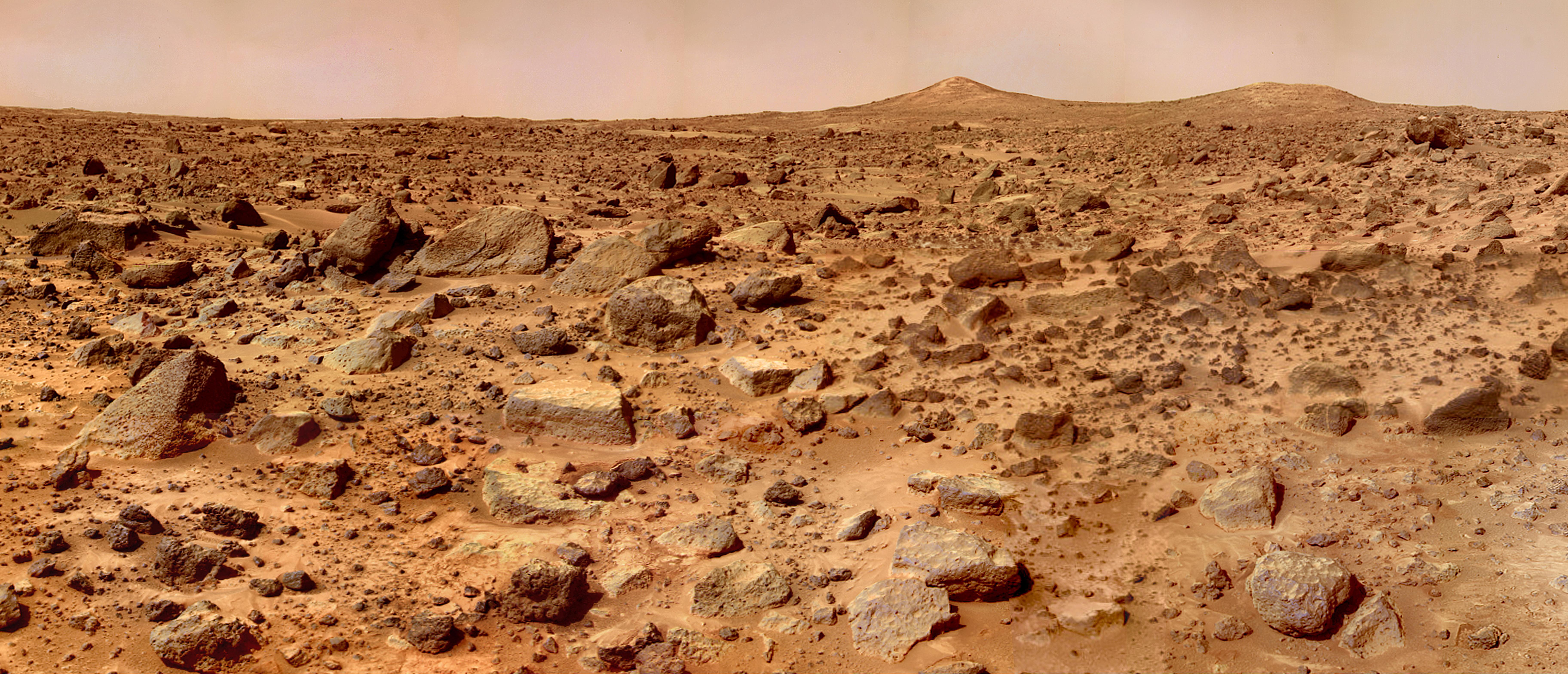Elon Musk: Moving to Mars would cost about $200,000

Image source: NASA Ames Research Center
- Musk has said that he wants to keep the per-ticket cost of traveling to Mars roughly equivalent to the cost of a house in the U.S.
- SpaceX plans to send a cargo mission to Mars in 2022, followed by a manned mission in 2024.
- Musk said there’s a 70% chance he’ll travel to Mars. A recent survey suggests most Americans aren’t quite as adventurous.
A ticket to the red planet aboard a SpaceX rocket will likely cost “a couple hundred thousand dollars,” according to CEO Elon Musk.
That may be expensive, but it’s a price point that would make the voyage feasible for people who aren’t incredibly wealthy.
“If we can get the cost of moving to Mars to be roughly equivalent to a median house price in the United States, which is around $200,000, then I think the probability of establishing a self-sustaining civilization is very high,” Musk said last year.
The billionaire entrepreneur provided something of an update Sunday to Axios during its final episode of its limited documentary series on HBO, reaffirming that the company was aiming for that price point and denying that the voyage would be an “escape hatch” for the rich.
“Your probability of dying on Mars is much higher than Earth,” Musk said, comparing a hypothetical ad for the Mars voyage with Ernest Shackleton’s ad for going to the Antarctic, which read: “Men wanted for hazardous journey. Low wages, bitter cold, long hours of complete darkness. Safe return doubtful. Honor and recognition in event of success.”
He added that it’s unclear whether Mars inhabitants would be able to return to Earth. As of November 2018, SpaceX has an “aspirational goal” of sending a cargo mission to Mars in 2022, followed by a second manned mission in 2024.
Musk says he might go to Mars “for the challenge”
Musk told Axios there’s a “70 percent” he’ll make the voyage to the red planet. When asked why he’d in light of the dangers, Musk said, “There’s lots of people that climb mountains. You know, why do they climb mountains? Because people die on Mount Everest all the time. They like doing it for the challenge.”
Most Americans aren’t quite as adventurous. When asked how likely they’d be willing to travel into space if it were free, 35% of Americans said “extremely likely” while 31% said “not at all”, according to an Axios survey conducted in November.





